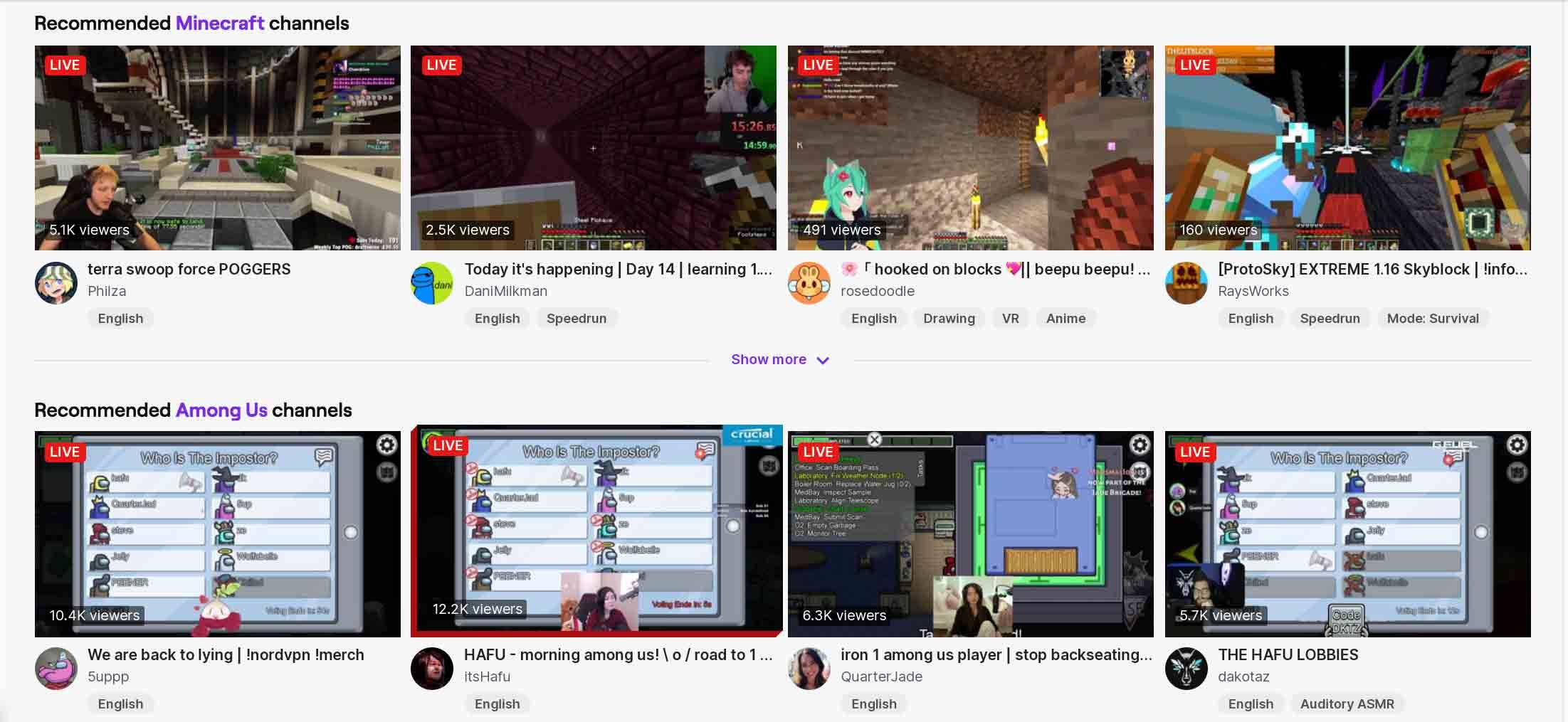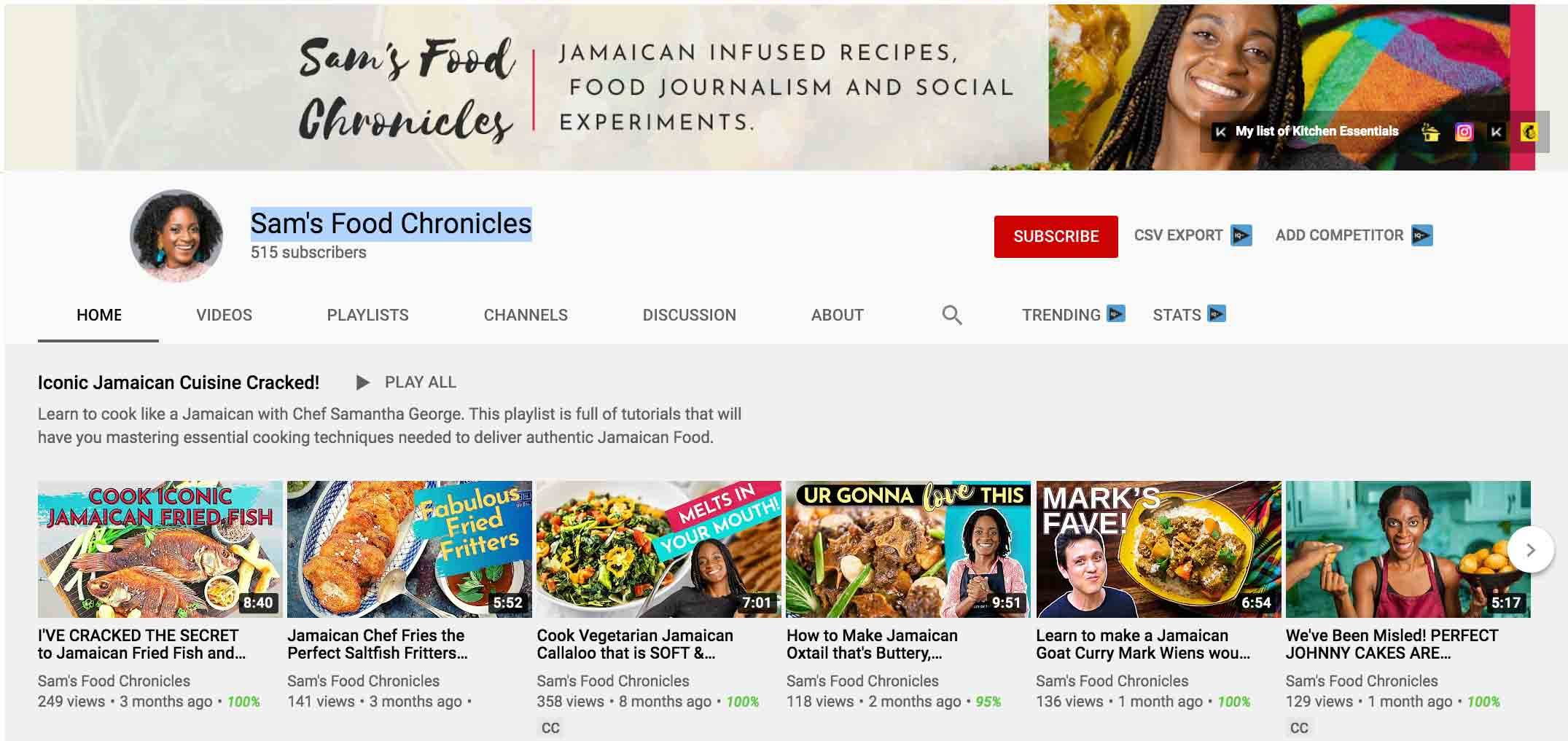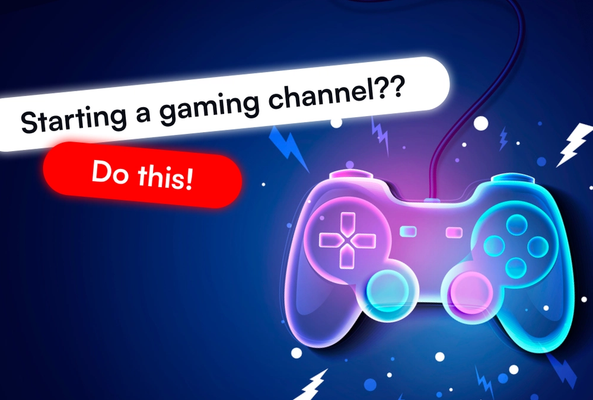Lydia Sweatt is a writer who loves balancing her article/blog time indoors with a healthy dose of nature. She bikes, hikes, and identifies edible plants along the way.
How to Grow on Twitch as a YouTuber

If YouTube is your primary home for publishing gaming or other content, should you live stream on Twitch? Or is posting on both platforms too much to handle?
Like most things in life, the answer varies and depends on the person. Your individual goals should drive the decision more than anything, so ask yourself two questions to ease the dilemma:
- How much time can I spend live streaming or creating videos each week?
- Which would be my primary platform, YouTube or Twitch?
Keep those questions in mind as you read this guide. No matter what your answers are, we’re going to highlight the differences between each platform and how to use them to your advantage.
Twitch vs. YouTube: How They Differ For Creators
Compared to YouTube, growing on Twitch is very different. Any full-time Twitch streamer will tell you it takes several hours each week to maintain a live, digital viewership. To make double platforming work, most creators have to find a balance between streaming on Twitch and creating videos for YouTube. One becomes the primary platform, while the other is secondary.
To understand why this happens and how to deal with it, watch our latest video about how to grow a Twitch channel:
At vidIQ, YouTube is our primary platform. We share tips to help creators make more money with their content, and we post multiple videos each week. But our Twitch channel? That’s a secondary platform for us, and we only use it to engage with the vidIQ community. We host Q&A’s, respond to live stream messages, and playing fun games like Fall Guys and Spelunky.
For us, the key to double platforming is sharing unique content. If you can do the same, adding Twitch to your YouTube strategy should be no problem.
Should You Stream on Twitch as a YouTuber?
The best creators look for ways to expand their reach. Whether they decide to build an influence on Twitter, Instagram, Discord, or all three, connecting with new audiences keeps their brand alive.
You can do the same thing on Twitch, and just like any other platform, the roadmap for growing in that space is unique.
For example, a YouTube video can show up all over the platform for a long time. It can live on playlists, show up as suggested content, or appear in YouTube search results. But on Twitch, your content doesn’t appear on the homepage unless you're live streaming, as shown below:

Few people search for video content on Twitch, so if YouTube is your primary focus, the ‘live’ aspect of Twitch is something to keep in mind.
But even with those barriers, Twitch is a great platform for YouTubers who want to diversify their content. That’s hard to do on YouTube because to grow your channel, you have to find a niche and stick to it - especially as a smaller creator.
As an example, take a look at Sam's Food Chronicles. This cooking channel focuses on Jamaican recipes, and that niche helps YouTube recommend their videos to like-minded viewers. In the screenshot below, notice that Sam's videos and thumbnails represent one, specific topic.

If Sam posted broad topics, such as random vlogs and recipes from every country, YouTube would have a hard time consistently matching those videos to potential viewers.
However, if Sam wanted to stream about those things on Twitch, that would be fine. The platform has a home for such content, and a subset of her audience may enjoy the variety.
Gaming channels on YouTube are another example. These creators usually like several games, but they end up playing just one to have a strong niche on YouTube. As a secondary platform, Twitch is a good option for playing multiple games and chatting with viewers.
Making Content on Multiple Platforms Isn’t For Everyone
As a video creator, sometimes it’s better to keep things simple. Double platforming isn't easy, and daily obligations can derail your content goals.
If you're a student or full-time employee, it’ll be tough to maintain a presence on both YouTube and Twitch. It’s even harder if you're new to YouTube because most of your time will be spent building an audience. Because of that, your Twitch streams will be shorter and somewhat infrequent.
This also means your regular Twitch audience will be viewers from your YouTube channel. And to earn those fans, you need to focus on YouTube.
The decision isn’t easy, but if you agree with the statements below, double platforming on Twitch and YouTube might work for you:
- You're itching to post content outside of your YouTube niche.
- Twitch streams look fun, and you'd like to engage with viewers on that medium.
- You have the time to do occasional but consistent live streams while still posting to YouTube.
As long as you’re willing to bring fresh content to Twitch, you have a decent shot at growing your channel. But if that's not possible right now, don't worry. You can slowly transition as life allows, and Twitch will still be around when you need it.
If you need something to do while you wait, join Twitch and study its community of streamers. We have a lot of fun on our channel, so join us to see how the platform works in real-time!



